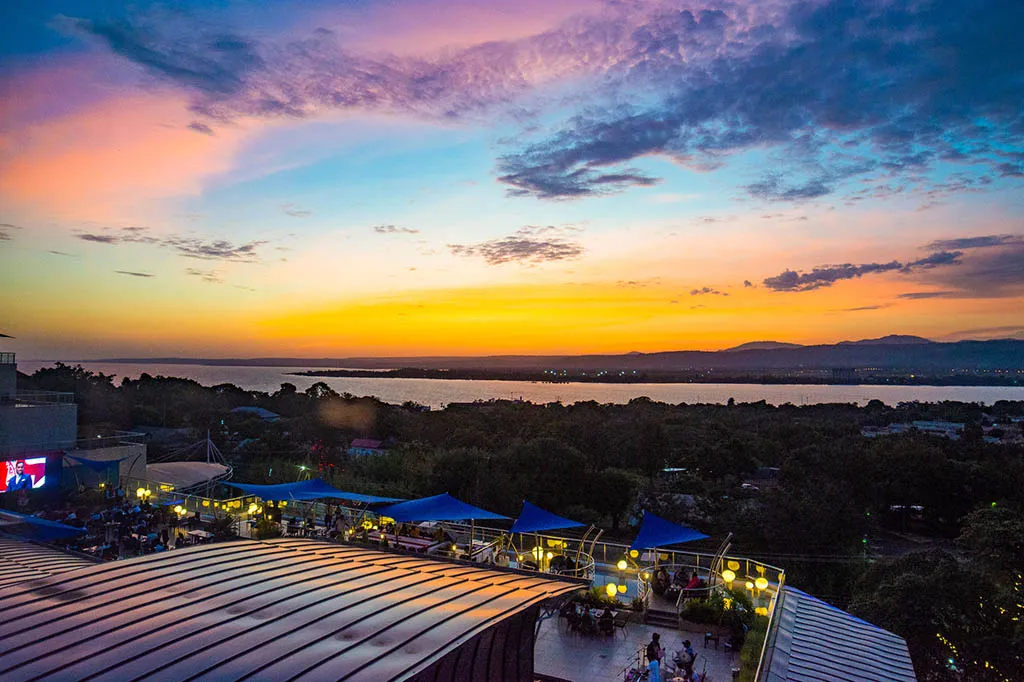From Folklore to Contemporary Art: The Diverse Cultural Landscape of Kisumu
What is Contemporary Art?
Contemporary art refers to the art created and produced by artists living and working in the present time. It is a broad and constantly evolving term encompassing various styles, mediums, and conceptual approaches. Unlike more traditional art forms, which are often categorized by distinct movements or historical periods, contemporary art is characterized by its diversity and lack of a singular, dominant style.
Contemporary art in Kisumu seamlessly weaves traditional elements with modern expressions.Kisumu, a city in western Kenya, is a melting pot of diverse cultural influences, which can be seen in its rich folklore and contemporary art. With a history that dates back to the pre-colonial era, Kisumu has been shaped by a variety of ethnic groups, including the Luo, Luhya, Abasuba, and many others. This cultural diversity has contributed to the unique artistic expressions found throughout the city, from traditional dances and music to modern art galleries and exhibitions.
The folklore of Kisumu is deeply rooted in the traditions and customs of its various ethnic communities. These stories, passed down through generations, serve as a window into the history and beliefs of the people who call Kisumu home. One common theme in Kisumu folklore is the importance of the natural world, with many stories revolving around the spirits of the land, water, and animals. These tales reflect the close relationship between the people of Kisumu and the environment, highlighting the significance of nature in their daily lives.
One of the most prominent folkloric traditions in Kisumu is the music and dance of the Luo people. The Luo are known for their vibrant and energetic performances, often accompanied by traditional instruments such as the nyatiti (a lyre-like stringed instrument) and the orutu (a one-stringed fiddle). These rhythmic and melodic compositions are a celebration of life and community, with songs often recounting historical events, personal experiences, or moral lessons. The dance movements are equally captivating, with intricate footwork and gestures that convey various emotions and narratives.
Kisumu’s contemporary art scene thrives on a dynamic interplay between tradition and modernity. Renowned soapstone sculptures carved by the Abanyore community find new expression alongside digital art installations. Batik paintings adorned with Luo symbols share space with graffiti murals adorning city walls. This artistic fusion is not merely aesthetic; it’s a conversation, a bridge between generations and cultures, where the wisdom of elders whispers through the bold strokes of young rebels.
In addition to music and dance, storytelling is another important aspect of Kisumu folklore. Elders in the community pass down oral histories, myths, and legends, which serve as a way to preserve cultural heritage and impart wisdom to future generations. These stories often feature colorful characters, mythical creatures, and moral dilemmas, providing insights into the values and beliefs of the people of Kisumu. The art of storytelling is not only a form of entertainment but also a means of uniting the community through shared narratives and experiences.
As Kisumu has evolved over the years, so too has its artistic landscape. Contemporary artists in the city draw inspiration from its rich cultural heritage while also incorporating modern techniques and styles. Art galleries and studios have sprung up, providing platforms for local artists to showcase their work and connect with a wider audience. These spaces have become hubs for creativity, fostering a vibrant and dynamic art scene that reflects the diversity and dynamism of Kisumu.
Contemporary art in Kisumu encompasses a wide range of mediums, from painting and sculpture to photography and mixed media installations. As in many urban centers, issues of social justice, identity, and globalization often feature prominently in the work of Kisumu’s artists. They grapple with questions of tradition and modernity, the impact of urbanization, and the preservation of cultural heritage in the face of rapid societal change. This intersection of tradition and innovation is a central theme in much of the contemporary art produced in Kisumu, reflecting the city’s ongoing journey of self-discovery and transformation.
One notable facet of contemporary art in Kisumu is the fusion of traditional techniques and motifs with modern artistic practices. Many artists draw on the visual language of folklore, incorporating symbols, colors, and storytelling elements into their work. This synthesis of old and new allows for a dynamic reinterpretation of cultural traditions, presenting them in a fresh and relevant context. The result is a diverse and engaging body of work that reflects the complexity of Kisumu’s cultural identity and the resilience of its artistic spirit.
In recent years, the city has witnessed a growing interest in public art and community-based projects that seek to engage with a broader audience. Street art, in particular, has gained traction as a means of creating accessible and impactful visual experiences. Murals, graffiti, and other forms of urban art have appeared throughout Kisumu, transforming public spaces and inviting dialogue on social and political issues. These works not only serve as a conduit for artistic expression but also contribute to the democratization of art, bringing it out of traditional gallery settings and into the everyday lives of Kisumu residents.
The diverse cultural landscape of Kisumu is a testament to the city’s rich heritage and ongoing creative evolution. From the vibrant traditions of folkloric music and dance to the contemporary expressions of visual artists, Kisumu is a place where cultural narratives come to life in myriad forms. The artistic legacy of the city is a source of pride and inspiration, serving as a bridge between the past and the present, and a testament to the resilience and creativity of its people. As Kisumu continues to grow and change, its cultural landscape will undoubtedly remain a dynamic and integral part of its identity.
Despite its growth, the contemporary art scene in Kisumu faces challenges, including limited resources, accessibility issues, and the need for more inclusive representation. However, these challenges allow the community to unite, address systemic issues, and build a more robust and sustainable art ecosystem.
Kisumu’s contemporary art scene is a testament to the city’s cultural richness and dynamic spirit. Through a fusion of tradition and modernity, public installations, emerging talent, and international collaborations, the artists of Kisumu are shaping a narrative that goes beyond the canvas, contributing to the city’s identity and fostering a sense of pride among its residents. As Kisumu continues to evolve, so too does its art scene, promising an exciting future for the intersection of culture and creativity on the shores of Lake Victoria.















